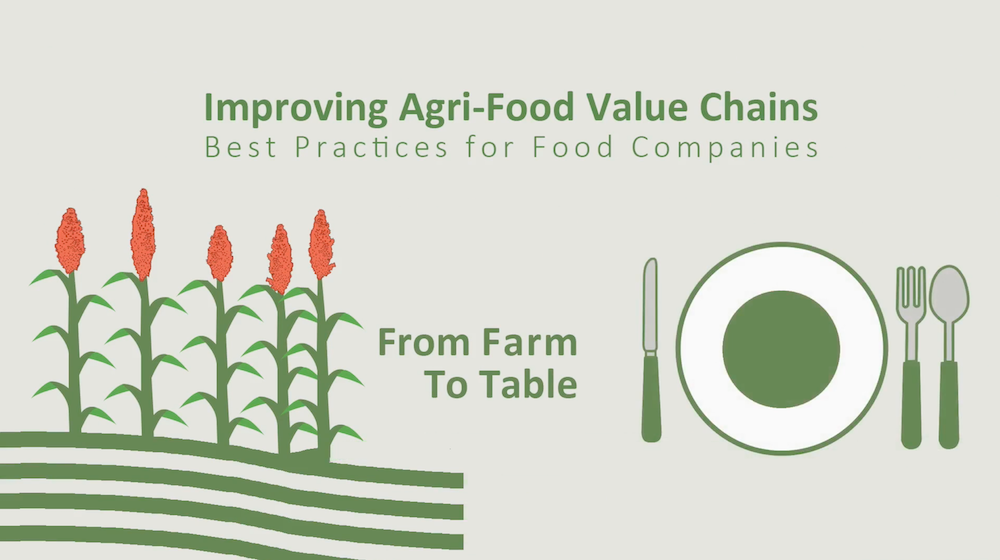This online training explains the challenge of hidden hunger and how to adopt the best available practices for producing nutritive, tasty and affordable whole grain-based food products. The training equips small and medium-sized food processing companies with knowledge and skills to use hydrothermal processing of traditional varieties of whole grains, an approach that increases the bioavailability of micronutrients inside the grains and enables their easy absorption.
Training structure
The training consists of two modules with sections including explanatory short videos and reading material, a worksheet and a Q&A.
Module 1 explains hidden hunger and how hydrothermal processing of whole grains can promote micronutrient bioavailability in processed food products. You will learn how selecting, combining and treating traditional varieties of locally available whole grains can contribute to improve the final nutritive content of your food products.
Module 2 provides quick tips and best practices for handling grains from farm to factory. You will learn how to engage with farmers to secure the supply of your raw material and examples of technology needed to bioprocess your food products.
This worksheet is developed to help you make practical use of your learnings from the training and implement it into your work. We suggest you use and fill in the worksheet whilst going through the training material.
Q&A. Submit your questions to ana.p.aponte@inclusivebusiness.se
Who is it for?
This main target group of the training is food companies already processing or considering to process whole grains to produce nutritive and affordable food products.
About the organisers
This training is a collaboration between Stawi Foods and Fruits and the SIANI Expert Group consisting of Inclusive Business Sweden, Hidden in Grains and BioInnovate Africa.
